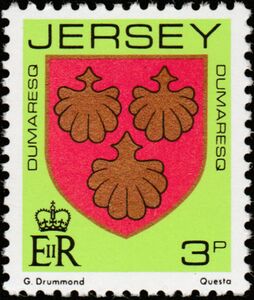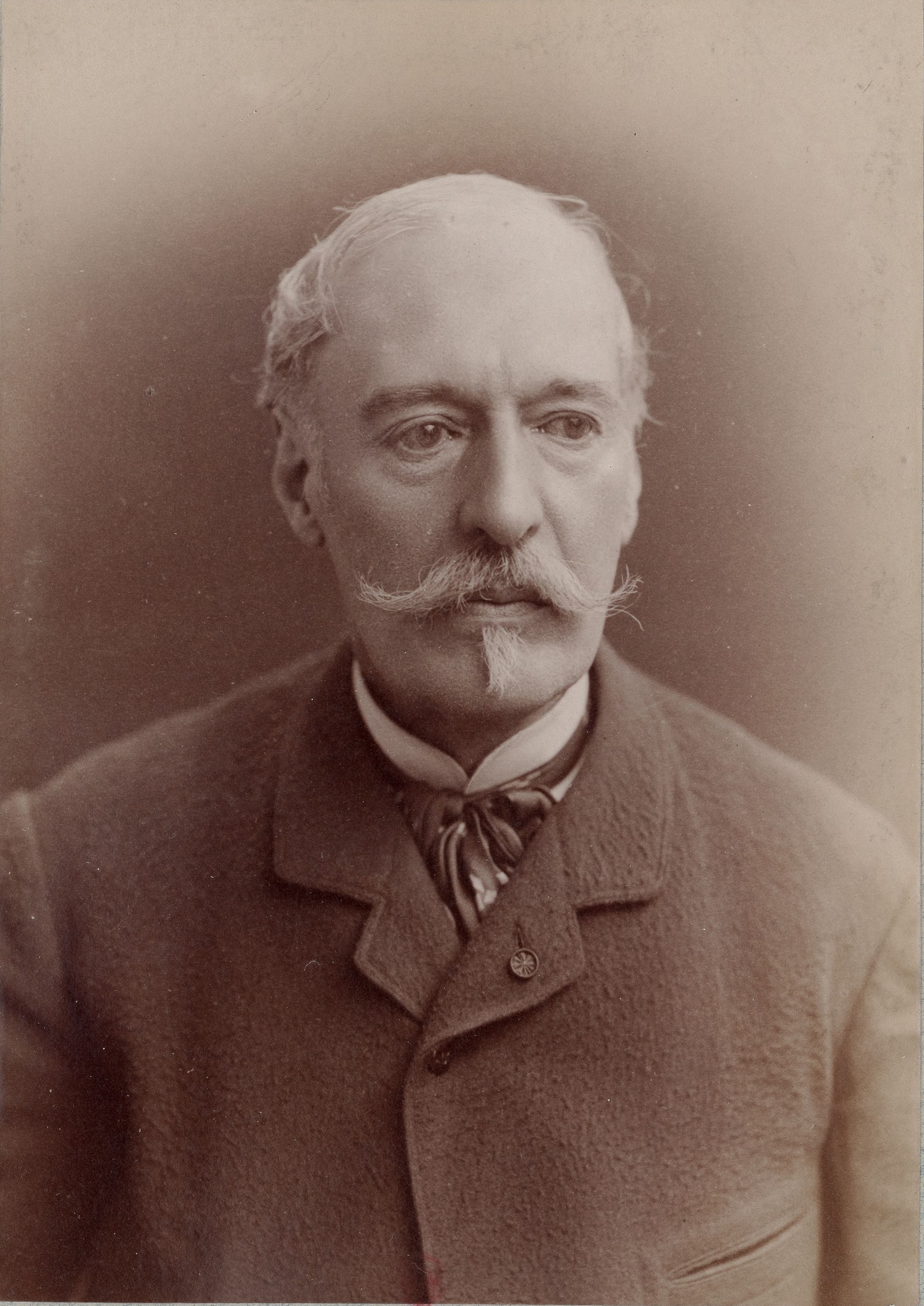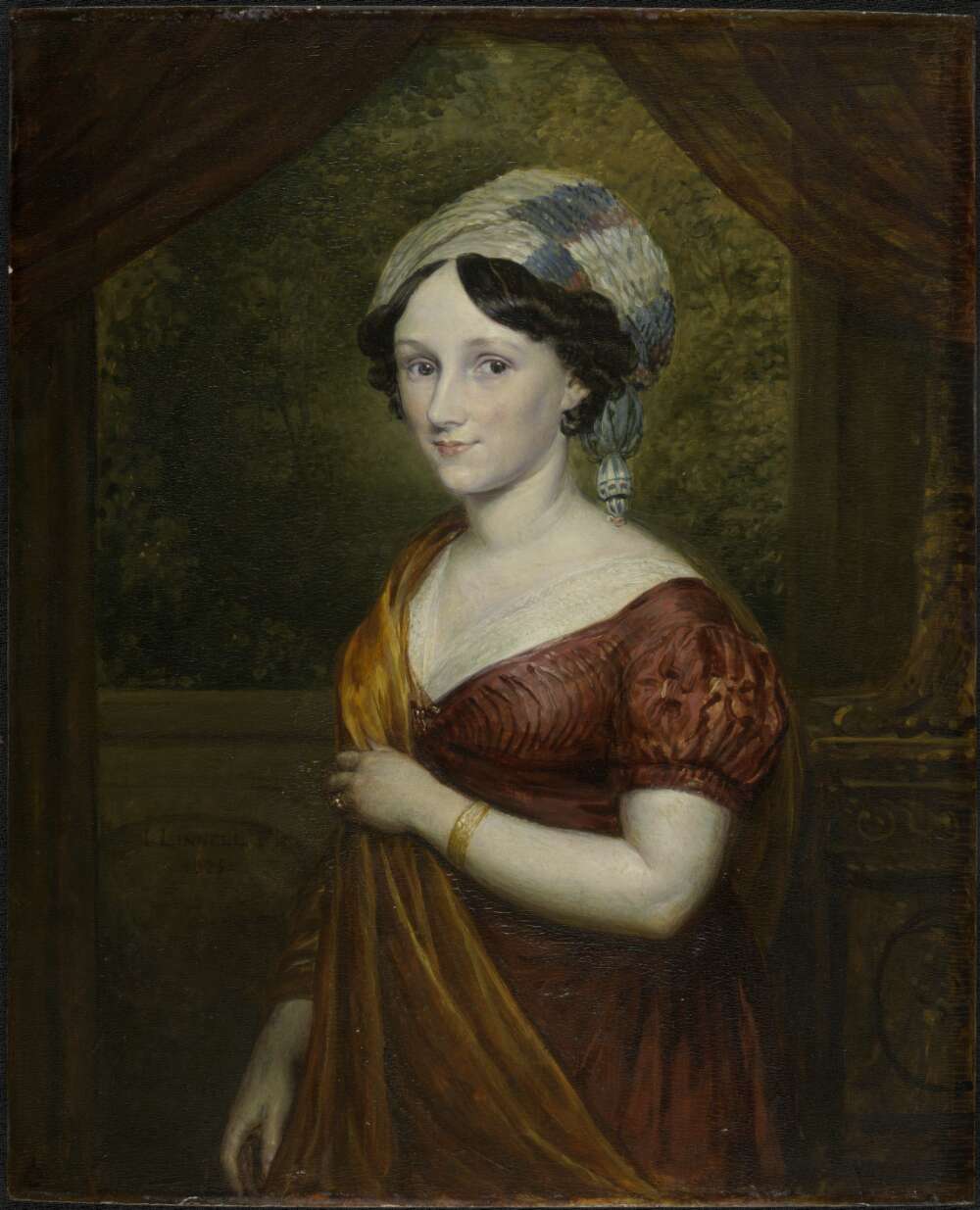|
Dumaresq Family
The Dumaresq family was a patrician family in the Channel Islands with a particularly strong presence in Jersey. The family would hold many offices and positions throughout the history of Jersey from the 13th century. Origins The family is said to come from Norman origins where the original members of the family arrived in Jersey; however, the family is first mentioned in Jersey during the year 1292 on the Exchequer, 21 Edward I, where it mentions a Jordan Du Maresq who was a Jurat of the Royal Court of Jersey. Titles The Dumaresq family held the following titles: * Seigneur of Augres * Seigneur of La Haule * Seigneur of Samarès * Seigneur of Vincheles de Bas Notable Members * Rev. Daniel Dumaresq FRS * Rear-Admiral John Saumarez Dumaresq CB, CVO * Elias Dumaresq, 5th Seigneur of Augres * John Dumaresq, Seigneur of Vincheles de Bas * Lieutenant Colonel John Dumaresq * Elias Dumaresq, 3rd Seigneur des Augres * Sir John Dumaresq *Captain Philip Dumaresq, Seigneur of ... [...More Info...] [...Related Items...] OR: [Wikipedia] [Google] [Baidu] |
Elias Dumaresq, 5th Seigneur Of Augres
Elias Dumaresq, 5th Seigneur of Augres was born in 1674 and was a Seigneur of Augres located in the parish of Trinity, Jersey, the largest of the Channel Islands, He belonged to the influential Dumaresq family. Biography Elias Dumaresq was the son of, Elias Dumaresq, 4th Seigneur of Augres (1648–1734) and Frances De Carteret, daughter of Sir Francis de Carteret, Attorney-General of Jersey (1619–1693) and Anne Seale (1641–1703) and thus the grandchild of Sir Philippe de Carteret II, Bailiff and Lieut-Governor of Jersey through his maternal grandfather. Elias Dumaresq and his wife Elizabeth de Carteret resided at the Les Augrès Manor, what had been in the Dumaresq family since the mid-16th century. Elias continued to live at the manor even though it with in the Fief de Diélament not the Fief des Augrès. As Elias was the Seigneur of the Fief des Augrès, the manor became known as Les Augrès Manor. The Manor is depicted on the 2010 issue Jersey 5 pound note and now ... [...More Info...] [...Related Items...] OR: [Wikipedia] [Google] [Baidu] |
Channel Islands
The Channel Islands ( nrf, Îles d'la Manche; french: îles Anglo-Normandes or ''îles de la Manche'') are an archipelago in the English Channel, off the French coast of Normandy. They include two Crown Dependencies: the Bailiwick of Jersey, which is the largest of the islands; and the Bailiwick of Guernsey, consisting of Guernsey, Alderney, Sark, Herm and some smaller islands. They are considered the remnants of the Duchy of Normandy and, although they are not part of the United Kingdom, the UK is responsible for the defence and international relations of the islands. The Crown dependencies are not members of the Commonwealth of Nations, nor have they ever been in the European Union. They have a total population of about , and the bailiwicks' capitals, Saint Helier and Saint Peter Port, have populations of 33,500 and 18,207, respectively. "Channel Islands" is a geographical term, not a political unit. The two bailiwicks have been administered separately since the late ... [...More Info...] [...Related Items...] OR: [Wikipedia] [Google] [Baidu] |
Captain (naval)
Captain is the name most often given in English-speaking navies to the rank corresponding to command of the largest ships. The rank is equal to the army rank of colonel and air force rank of group captain. Equivalent ranks worldwide include ship-of-the-line captain (e.g. France, Argentina, Spain), captain of sea and war (e.g. Brazil, Portugal), captain at sea (e.g. Germany, Netherlands) and " captain of the first rank" (Russia). The NATO rank code is OF-5, although the United States of America uses the code O-6 for the equivalent rank (as it does for all OF-5 ranks). Four of the uniformed services of the United States — the United States Navy, United States Coast Guard, United States Public Health Service Commissioned Corps, and National Oceanic and Atmospheric Administration Commissioned Officer Corps — use the rank. Etiquette Any naval officer who commands a ship is addressed by naval custom as "captain" while aboard in command, regardless of their actual rank, even ... [...More Info...] [...Related Items...] OR: [Wikipedia] [Google] [Baidu] |
Charles Dumaresq, Lieutenant Bailiff Of Jersey
Charles is a masculine given name predominantly found in English and French speaking countries. It is from the French form ''Charles'' of the Proto-Germanic name (in runic alphabet) or ''*karilaz'' (in Latin alphabet), whose meaning was "free man". The Old English descendant of this word was '' Ċearl'' or ''Ċeorl'', as the name of King Cearl of Mercia, that disappeared after the Norman conquest of England. The name was notably borne by Charlemagne (Charles the Great), and was at the time Latinized as ''Karolus'' (as in ''Vita Karoli Magni''), later also as '' Carolus''. Some Germanic languages, for example Dutch and German, have retained the word in two separate senses. In the particular case of Dutch, ''Karel'' refers to the given name, whereas the noun ''kerel'' means "a bloke, fellow, man". Etymology The name's etymology is a Common Germanic noun ''*karilaz'' meaning "free man", which survives in English as churl (< Old English ''ċeorl''), which developed its depre ... [...More Info...] [...Related Items...] OR: [Wikipedia] [Google] [Baidu] |
Charles Édouard Armand-Dumaresq 1900
Charles is a masculine given name predominantly found in English and French speaking countries. It is from the French form ''Charles'' of the Proto-Germanic name (in runic alphabet) or ''*karilaz'' (in Latin alphabet), whose meaning was "free man". The Old English descendant of this word was '' Ċearl'' or ''Ċeorl'', as the name of King Cearl of Mercia, that disappeared after the Norman conquest of England. The name was notably borne by Charlemagne (Charles the Great), and was at the time Latinized as ''Karolus'' (as in ''Vita Karoli Magni''), later also as '' Carolus''. Some Germanic languages, for example Dutch and German, have retained the word in two separate senses. In the particular case of Dutch, ''Karel'' refers to the given name, whereas the noun ''kerel'' means "a bloke, fellow, man". Etymology The name's etymology is a Common Germanic noun ''*karilaz'' meaning "free man", which survives in English as churl (< Old English ''ċeorl''), which developed its depr ... [...More Info...] [...Related Items...] OR: [Wikipedia] [Google] [Baidu] |
James Dumaresq
James Dumaresq (1792–1841) was a merchant and fisherman that was the first known resident of L'Anse au Cotard near L'Anse-au-Clair, in Newfoundland and Labrador, Canada. Dumaresq was the first of many Jersey fisherman and merchants to travel to the region now known as the Jersey Trail. Early life James Dumaresq was born in Jersey to Philip Dumaresq and Elizbeth Piton in 1792. He was part of the patrician Dumaresq family of Jersey, and a descendant of Elias Dumaresq, 3rd Seigneur of Augrès Elias Dumaresq, Seigneur of Augres, 3rd Seigneur of Augrès (c. 1620-1677) was born to Abraham Dumaresq, 2nd Seigneur of Augrès and Susan de Carteret daughter of Philippe de Carteret I, Philippe de Carteret I, 2nd Seigneur of Sark and his wife Ra ... through his paternal grandfather Captain William Dumaresq. L'Anse au Cotard James Dumaresq landed in L'Anse au Cotard around 1810, where he would build his home. In 2004 archaeological research was done in the region and the home of James ... [...More Info...] [...Related Items...] OR: [Wikipedia] [Google] [Baidu] |
Charles Édouard Armand-Dumaresq
Charles Édouard Armand-Dumaresq (1 January 1826, in Paris – 6 March 1895, in Paris) was a French painter and illustrator who specialized in military subjects. Biography His father, Gabriel Armand, was also a painter."Dictionnaire des pseudonyms" p. 22, by Georges d'Heylli, 1977. He began his art studies with ''Dictionnaire Bénézit'' and was originally a watercolorist as well as a painter. He concentrated on religious themes before becoming interested in military art. In 1858, he was legally ... [...More Info...] [...Related Items...] OR: [Wikipedia] [Google] [Baidu] |
Edward Dumaresq
Edward Dumaresq (16 June 1802 – 23 April 1906) was a landowner, magistrate and acted as Surveyor General of Van Diemen's Land (now Tasmania). Dumaresq was born in Swansea, Glamorgan, Wales, the youngest son of Colonel John Dumaresq and was educated at the Royal Military College, Sandhurst. He accepted a cadetship after three years study in the East India Company. Dumaresq became a lieutenant in the Bombay Native Infantry, also working in the Revenue and Topographical Survey Department of Gujarat. Granted sick leave in 1823, he spent some time recuperating in Mauritius, then journeyed to Hobart and Sydney. He briefly returned to England after being deemed unfit for tropical duty, but was soon travelling again to Hobart. Dumaresq's sister had married Ralph Darling, who in 1824, had been appointed Governor of New South Wales. Darling, his wife and Dumaresq (along with Dumaresq's brothers William John and Henry) sailed in the ''Catherine Stewart Forbes'' and arrived in Hobart in ... [...More Info...] [...Related Items...] OR: [Wikipedia] [Google] [Baidu] |
William Dumaresq
William John Dumaresq (25 February 1793 – 9 November 1868) was an English-born military officer, civil engineer, landholder and early Australian politician. He is associated with settler colonisation of the areas around Scone and Armidale, in New South Wales. Life and career Dumaresq was the son of John Dumaresq, a Shropshire colonel, and Anne Jones. He attended the Royal Military College, Great Marlow, and became a civil engineer. He served in the Royal Staff Corps in the Peninsular War and in Canada. He rose to the rank of Captain. Although some sources say that he worked on the Ottawa canal, that seems unlikely, as the canal was built after Dumaresq arrived in Australia. However, he possibly worked on associated canals in Canada, which began construction earlier, such as the Greville Canal. In 1815, he and Samuel Augustus Perry were entrusted with the task of removing and returning to Venice the four bronze Horses of St Mark that Napoleon had taken to Paris and ins ... [...More Info...] [...Related Items...] OR: [Wikipedia] [Google] [Baidu] |
Thomas Dumaresq
Admiral Thomas Dumaresq (1729 – 18 July 1802) was an officer in the British Royal Navy that rose to the rank of Admiral. Dumaresq was notable for his role as Captain of HMS Repulse in the Battle of the Saintes during the American Revolutionary War. Life Thomas was born in 1729 to Jean Dumaresq and Ann Bokenham (niece of Captain William Bokenham), and was a member of the notable Dumaresq family of the Channel Islands. He would obtain a commission as a lieutenant in 1755 and in 1763 he would obtain his first command, of the British Cutter, named the "Esther". Thomas Dumaresq was promoted to Rear-Admiral in 1794, and a Vice-Admiral in 1795. On 1 January 1801, he was promoted to Admiral of the Blue. Issue with Privateers During the American Revolution an order was given to seize all ships and vessels of the Thirteen-Colonies. This led to an increase of privateering and illegal privateers used by foreign powers and other British Colonies alike to still trade with the rebel ... [...More Info...] [...Related Items...] OR: [Wikipedia] [Google] [Baidu] |
Admiral
Admiral is one of the highest ranks in some navies. In the Commonwealth nations and the United States, a "full" admiral is equivalent to a "full" general in the army or the air force, and is above vice admiral and below admiral of the fleet, or fleet admiral. Etymology The word in Middle English comes from Anglo-French , "commander", from Medieval Latin , . These evolved from the Arabic () – (), “king, prince, chief, leader, nobleman, lord, a governor, commander, or person who rules over a number of people,” and (), the Arabic article answering to “the.” In Arabic, admiral is also represented as (), where () means the sea. The 1818 edition of Samuel Johnson's '' A Dictionary of the English Language'', edited and revised by the Rev. Henry John Todd, states that the term “has been traced to the Arab. emir or amir, lord or commander, and the Gr. , the sea, q. d. ''prince of the sea''. The word is written both with and without the d, in other languages, as we ... [...More Info...] [...Related Items...] OR: [Wikipedia] [Google] [Baidu] |
Ralph Darling
General Sir Ralph Darling, GCH (1772 – 2 April 1858) was a British Army officer who served as Governor of New South Wales from 1825 to 1831. He is popularly described as a tyrant, accused of torturing prisoners and banning theatrical entertainment. Local geographical features named after him include the Darling River and Darling Harbour in Sydney. Early career Darling seems to have been unique in the British Army of this period, as he progressed from an enlisted man to become a general officer with a knighthood. Born in Ireland, he was the son of a sergeant in the 45th Regiment of Foot who subsequently gained the unusual reward of promotion to officer rank as a lieutenant. Like most of the small number of former non-commissioned officers in this position, Lieutenant Darling performed only regimental administrative duties. He struggled to support his large family on a subaltern's pay. Ralph Darling enlisted at the age of fourteen as a private in his father's regiment, and ser ... [...More Info...] [...Related Items...] OR: [Wikipedia] [Google] [Baidu] |

.jpg)


Erskine_Street_Station.jpg)

